Mobile health apps are quickly becoming one of the most useful ways to track your health. Medical dictionaries, prescription information, blood pressure trackers, and other mobile medical technologies have granted us the opportunity to customize solutions for anyone’s needs.
With medical providers and patients both benefiting from user-friendly, minimal-cost healthcare apps, people are living happier, healthier lives. But as important as it is to use these apps, there is already saturation within the market.
If you search “medical app” within the app store, you will see a surplus of apps trying to help with a million different issues.
When building your medical app, you need to ask yourself: What will set your app apart from the others and why is it better?
Along with a hearty security system, having useful functions and a strategic UX interface, you are sure to create the perfect mobile app for medical needs.
Precise UI/UX is Essential

Being strategic with your user experience will only enhance your user’s experience. Breaking it down, you should think about how your UX fits into these categories:
- Clean, Intuitive design – Think about your audience. With certain age groups, navigating technology can be confusing and often leads to frustration. Designing an app that is simple to use will keep your audience from feeling discouraged and deleting the app.
- Fonts – Size matters people! If your audience is mainly the elderly, you might want to consider a larger font size. It’s good to have a few fonts you use consistently rather than new fonts on every new page. Also, consider how the font colors contrast to the background.
- Color Schemes – This should also be an audience-based decision. Younger audiences typically prefer more vibrant colors, while older audiences gravitate towards softer, more neutral colors. And if your audience is color blind, you need to figure out a way that they can comfortably navigate the app.
Your Tones will set the Tone
Anything concerning medical needs is likely giving the user some anxiety. And while vibrant, happy colors might work great for other apps, having those colors might add to the user’s anxiety.
Consider a color scheme that makes the user feel at home within your app. Calm and comforting colors might make the users feel more open to addressing their needs and concerns.
Cold Tones
Generally, cold tones make a good background for UX design which explains why this is used most often. Not only are cooler hues more calming, but it also allows your features to pop against it.
Blue
Blue automatically brings feelings of trust and peace, which explains why nurses are almost always seen in blue scrubs. This cool color brings a calming effect, which is more than ideal for most medical apps.
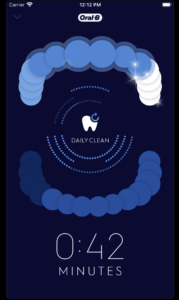
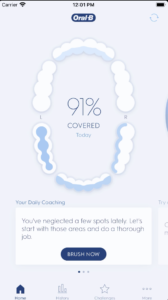
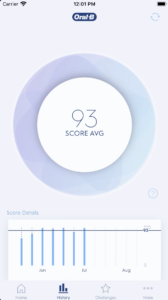
Having a variety of blue hues within the app gives it a look that is both calming and clean.
White
White is a clean color which brings feelings of purity and safety. Although in some Asian regions, white symbolizes mourning which may not be appropriate for the function of your app.
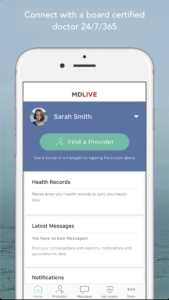
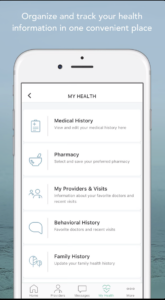
Green
Green has a great number of associations- fertility, health, youth, and good luck are all positives that could help boost the tone of your app.
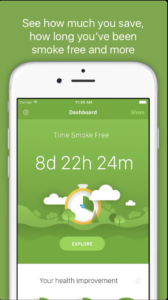
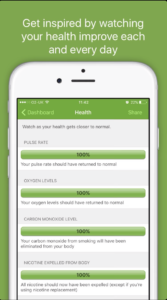
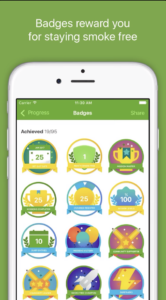
Purple
Although this is a cool tone, purple typically isn’t the go-to color for medical UX design. Purple is tied with feelings of mystery, luxury, and magic. Not to say that purple isn’t useful. It can be great for apps that call for an extra sense of beauty and luxury.
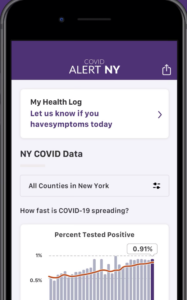
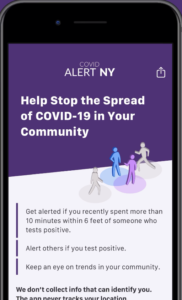
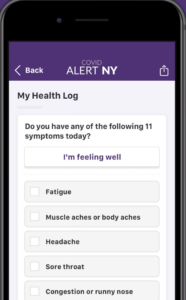
Warm Tones
The use of warm tones can be a great tool for highlighting features or aspects. Though warm tones can be hard on the eyes, using lighter shades can work beautifully.
One risk that you need to consider is privacy. If someone is on the app in the grocery store trying to check on their medications, they’re not going to want people around them seeing what they’re picking up.
Pink
Pink is an intense color that holds a lot of feelings of romance, youth, and sensitivity. The color pink is also a great way to go for beauty related health apps.
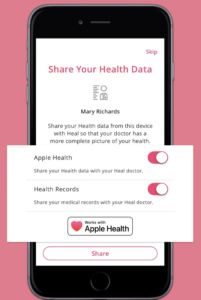
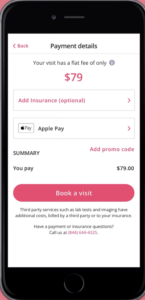
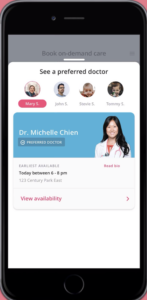
Yellow
Yellow is perfect for joy, confidence, and positivity. Many childcare platforms love using this color because of the radiant tone it achieves.
Yellow has also been known to be good for memory retention, so if that relates to your audience, you may want to consider using yellow within your design.
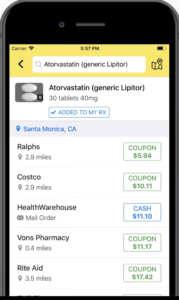
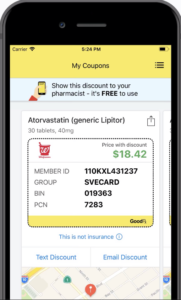
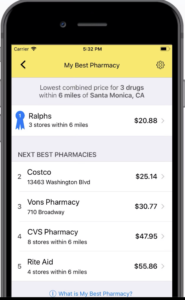
Orange
Orange evokes a lot of energy and excitement. This lively color is great for cheerfulness and great for apps that cater to medical recoveries.
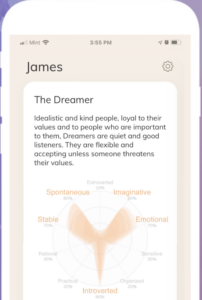
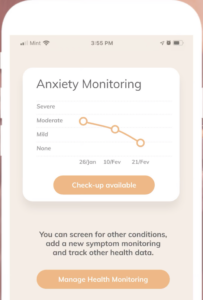
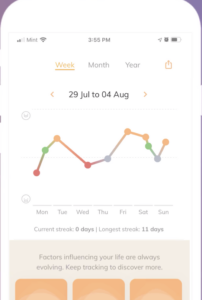
After finalizing your fonts and picking your color scheme, you need to consider which features you need in your app.
Features that help you function

Nobody likes having a million apps on their phone. Especially if those apps can’t do everything that you need them to.
According to Zion Market Research, the global mobile health market size is expected to grow to $102.43 billion by 2022. Consider your competition and create your app with a number of features that will keep your audience from having to download more medical apps to fulfill all their needs.
Consider what kind of features might be useful for your audience:
If your audience is primarily deaf, you’re not going to want an app in which the majority of the content is audio-based. If your audience is blind, you’re going to need screen-reading features and text-driven content instead of a heavy focus on photos and narration-less videos.
Same goes for whatever audiences that you think will be using the app most. The best thing you can do is research common problems with UX and solve it for your audience.
Notifications are also crucial to any medical care app, especially if you’re going to be providing reminders like doctors appointments or scheduled pill times.
Depending on how urgent the topic is, you might want to consider different kinds of notifications for different needs. You should design your notifications so that they come as they’re needed so your users aren’t as likely to blow them off.
And finally, it’s crucial that you have features that promote data protection within the app.
Safety above all else
Because the data you’re handling is so important, there are legal rules and regulations that need to be met, depending on which country you’re operating from.
In the United States, patients are protected under HIPAA (Health Insurance Portability and Accountability Act). This act regulates how patient information is shared and limits identifiable information from being leaked or sold.
In order to protect this information, stored or transmitted data must be encrypted in all stages in order to meet the guidelines.
If you are unsure if your healthcare app needs FDA approval, check out this article to see if you meet the criteria.
Confidentiality is key with any app, but critical in the medical field. Make sure that you’re protecting everyone you’re trying to help.
The Promise of Function

When developing your app, make sure that the design team is clear on your purpose.
What do you want your app to do for your audience? Is it more focused on medical providers or patients? What features are going to make your app like no other?
By letting your design team know your vision, they can come up with ways to fulfill those needs and may be able to provide extra solutions you may not have thought of before.
Prototyping is another way to make sure your app is functioning properly.
By having others beta test your healthcare app, you’re able to see common problems or other easy-to-fix bugs before your app hits the store.
You don’t want an app that doesn’t meet the needs that you’ve advertised.
Fitbit was involved in a lawsuit back in 2016, when their products didn’t meet the standards that they had promised. Because of heart rate tracker defects and other inaccuracies, shareholders saw their stock drop by 18%.
When promising a service through your app, you need to be sure that all functions are executed flawlessly.
Creating An App Like No Other

When developing your mobile healthcare app, remember to think of your audience.
Think of the kind of UX interface that will best help your audience and how certain disabilities might affect certain features for your app. Also keep in mind that proper encryption and security is not an option.
It’s important that you create an app that’s not only useful, but safe for the user to enter their medical information into.
If you have an idea for a mobile healthcare app, reach out to Fyresite and we’ll help you get started.